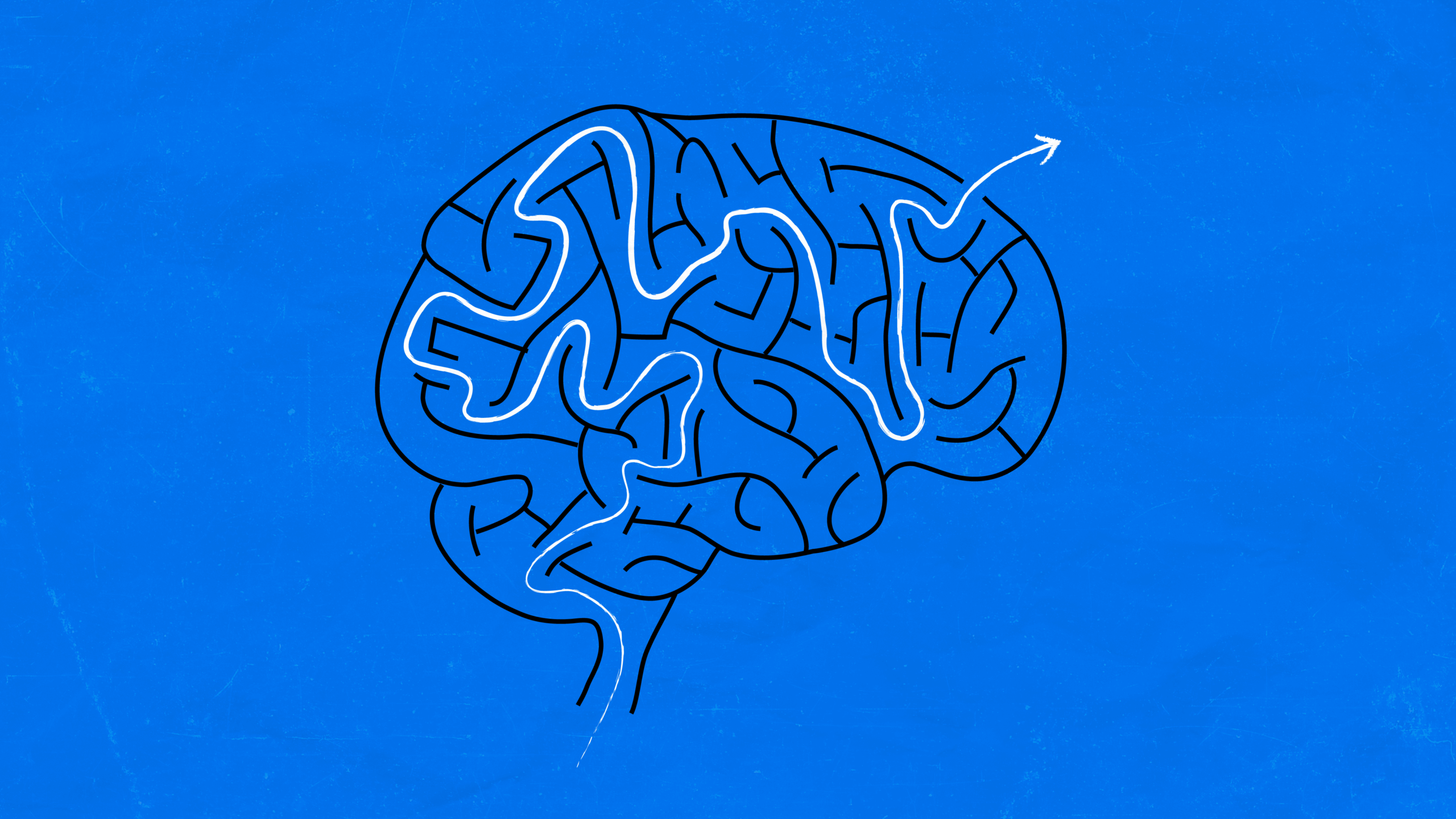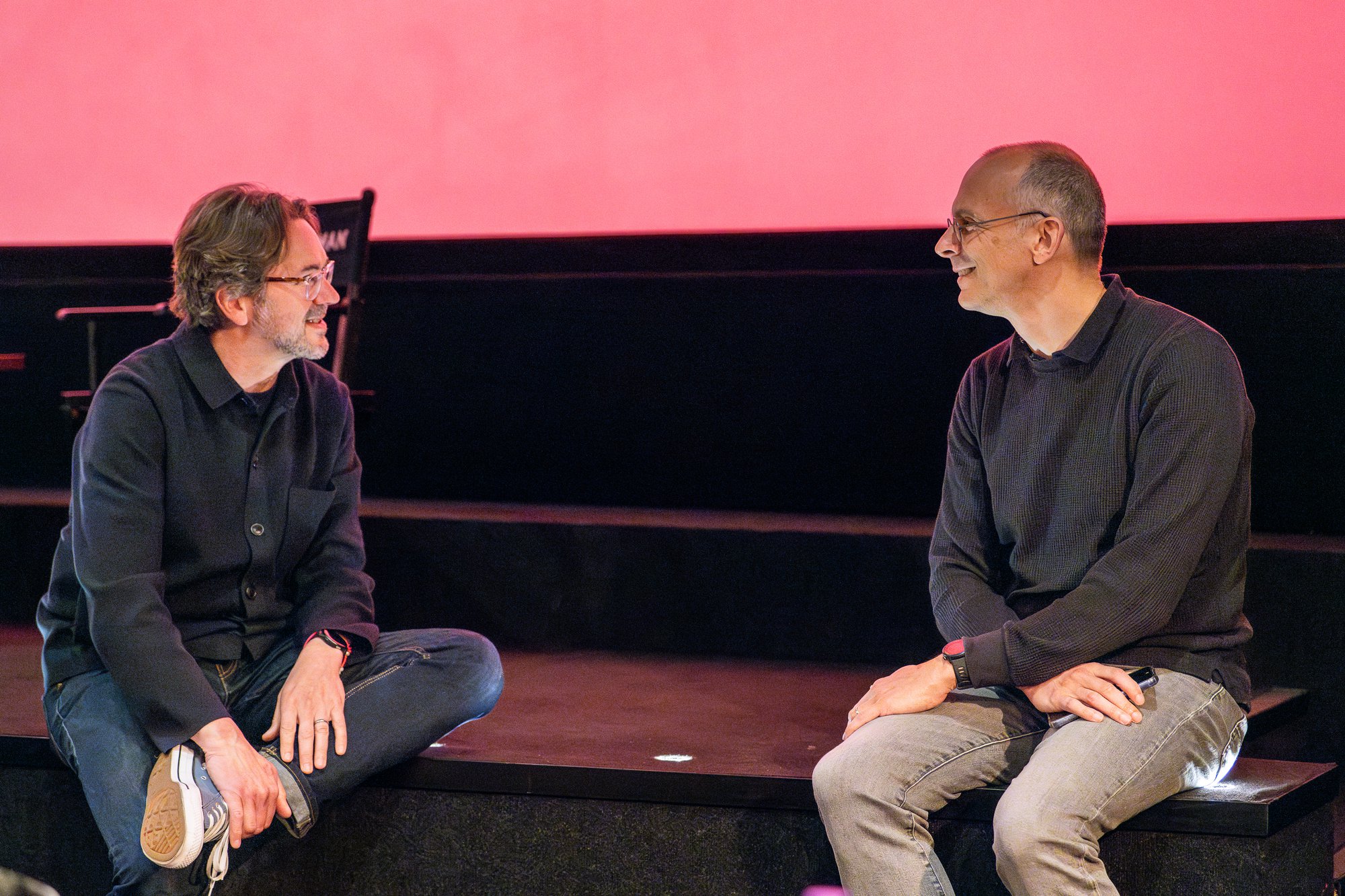We need accessibility standards in our analog world

Just under a year ago, I posted this short piece about the accessibility of everyday communications.
I mentioned that many brands fail to meet the accessibility needs – and by extension – exclude of a huge portion of their audience because of their poorly considered, non-accessible communications.
But this isn’t just in marketing campaigns or brand communications- it’s in signage, printed news media, packaging and a whole bunch of other stuff. The list is endless.
Thankfully, the past decade has seen the digital world undergo a revolution in accessibility, with the rise of disability-inclusive accessible content.
The Web Content Accessibility Guidelines (WCAG) have set the benchmark for making online content usable for everyone – finally, practical steps towards inclusive comms for everyone.
And the UK’s Equality Act of 2010 further reinforces this notion of inclusivity:
You have a legal duty under the Equality Act 2010 to produce content which does not directly, or indirectly, disadvantage colleagues for any reason related to a disability.Equality Act 2010
And as a direct result, websites and web tools have adapted and allowed for better access and better engagement.
But what about the vast world outside our screens?
Well, physical spaces, communication methods, and everyday interactions often leave people behind.
Just as in the digital space we need proper standards and laws to guide communication in the analogue world, and to provide different ways of access to those who need it.

The inaccessibility of everyday life
As I’m a graphic designer by trade, I mainly stick to talking about 2D accessibility issues. But, there are so many aspects of the physical world that are inaccessible.
So we need to address it now.
It’s essential to consider the full range of human diversity: cognitive ability, physical ability, language, culture, gender, age, neurodiversity and other human differences.
Because all these factors influence the way people engage with the everyday.
So when we design for the physical world, we have to accommodate for sensory differences in vision, sound and touch.
And this way, users can effectively engage with the information we’re putting out (and everyone’s experience will be better!).
The benefits of standardised accessibility
Having clear accessibility standards across various channels is only a good thing – it amplifies the experience for everyone involved.
Maximum impact to the maximum audience … it’s an unequivocal win-win:
- Universal design: creating solutions that cater to a diverse range of needs from the start leads to more efficient and user-friendly designs for everyone.
- Economic benefits: a more inclusive society allows everyone to participate in the workforce, leading to a stronger economy.
- Improved communication: creating clear and concise communication benefits everyone- regardless of ability. Standardised formats ensure everyone receives the same information in a way they can understand.
- Social responsibility: a commitment to accessibility reflects a society that values inclusion and respects the rights of all its citizens.
Examples of successful accessibility initiatives
Several countries and organisations have taken commendable steps towards creating equal access in the physical world:
- The built environment: the Americans with Disabilities Act (ADA) outlines accessibility standards for buildings and public spaces. It includes ramps, accessible toilets, and disability-specific information such as braille signage for those with visual impairments and sight loss.
- Clear written communications: the Plain Language Movement advocates for clear, concise writing in government documents and official communications.
- International symbols: standardised symbols like those used for public toilets or fire exits are easily understood across language and cultural barriers.

The road ahead
The journey towards a truly inclusive society requires ongoing commitment. Here are some ways we can continue to move forward:
- Develop and enforce accessibility standards: similar to WCAG, we need clear guidelines for physical spaces, communication materials (ie. accessible documents, content suitable for a screen-reader user etc) and service delivery.
- Invest in accessibility training: educating architects, designers, service providers, and educators on accessibility best practices is crucial.
- Promote awareness and inclusivity: public awareness campaigns and initiatives that celebrate diversity can foster a more inclusive environment.
What now?
The digital space has shown us the transformative power of accessibility standards as its integrated into our day-to-day.
Now it’s time to extend this philosophy beyond the screen and into the real world, and create a standard where accessible communication is a right not a privilege.
By working together, and continuing to develop our understanding of what accessibility for communications really means, we can build a society where everyone can participate, contribute, and thrive. Surely that’s something worth striving for.





